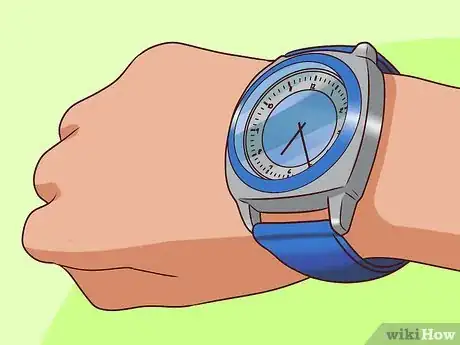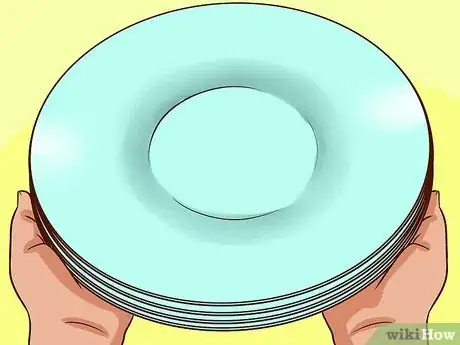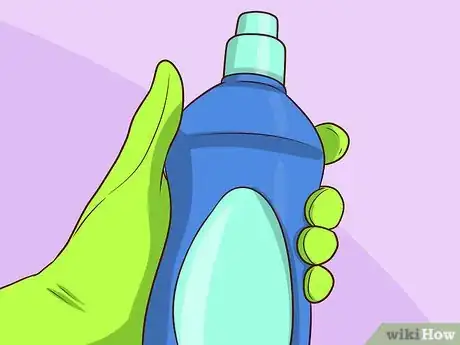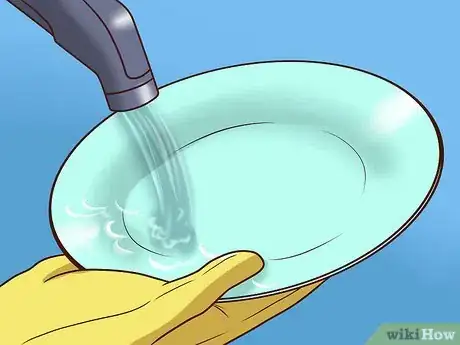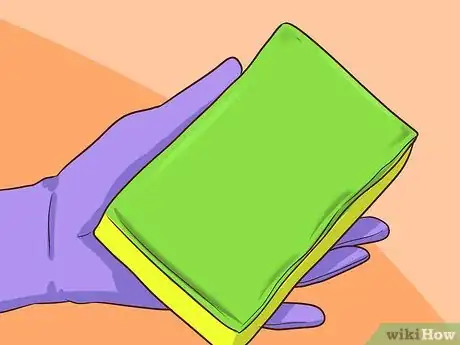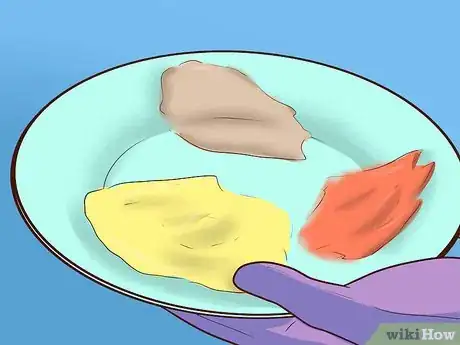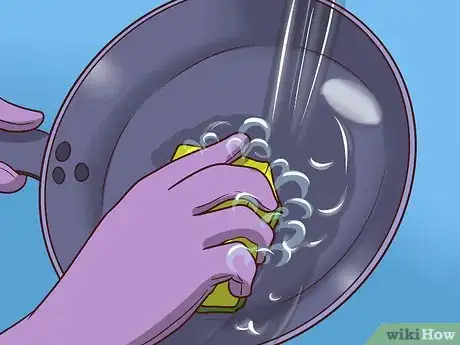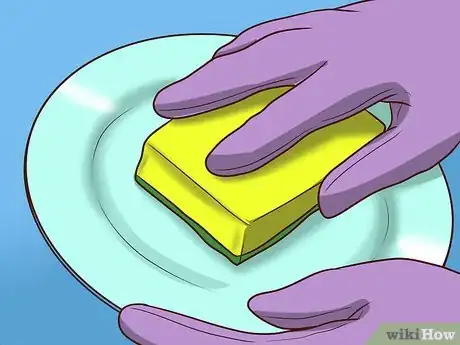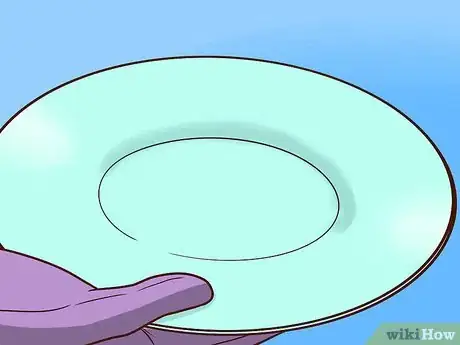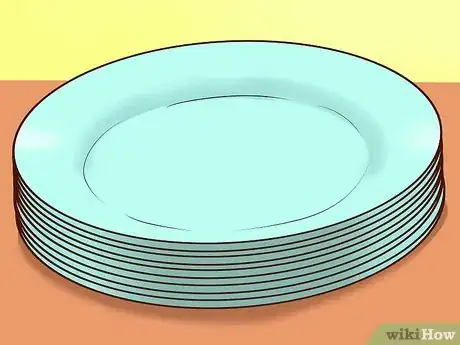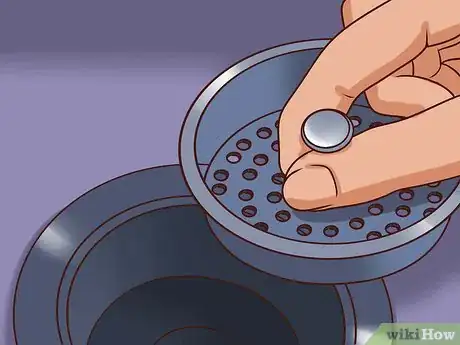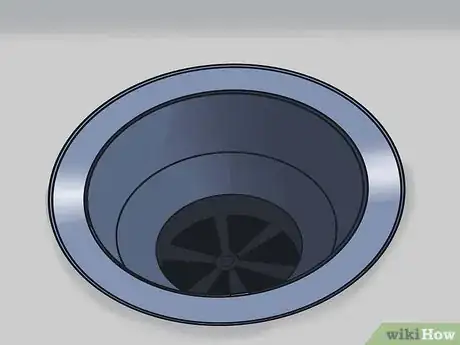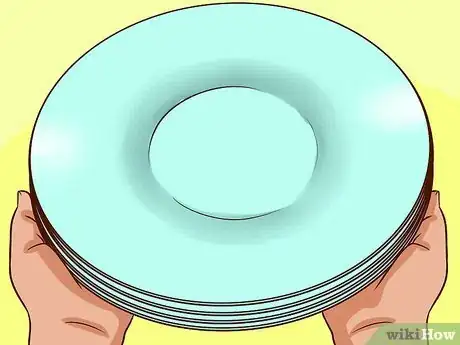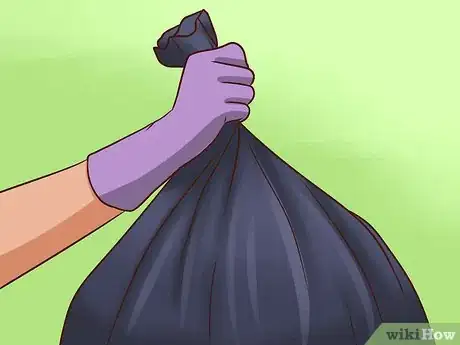wikiHow is a “wiki,” similar to Wikipedia, which means that many of our articles are co-written by multiple authors. To create this article, 22 people, some anonymous, worked to edit and improve it over time.
wikiHow marks an article as reader-approved once it receives enough positive feedback. In this case, 91% of readers who voted found the article helpful, earning it our reader-approved status.
This article has been viewed 120,155 times.
Learn more...
Being a dishwasher at a restaurant may be on the same line of low quality jobs as flipping burgers at a fast-food franchise. However, dishwashers have an important role, just like the cooks. Without the dishwashers, no one will have clean, sanitized dishes in the restaurant. They are among the hardest workers in the establishment and the last to leave.
Steps
Before Your Shift
-
1
-
2Catch up. Put any clean dishes and utensils away and claim any dirty dishes from around the restaurant. Use the beginning part of your shift to get as far ahead as possible, as this will minimize unnecessary stacking later.Advertisement
-
3Check the dishwasher soap level. All automatic dishwasher machines are connected to a soap line and can be refilled using removable jugs or bottles. Ensure you have a full load or enough to get you through the shift.
-
4Empty the food drains in the machine. Like sinks, dishwasher drains can handle so much food before creating problems, such as water overflowing. Especially working the second or third shift, you do not want the previous dishwasher's leftovers clogging your drain.
During Your Shift
-
1Get a washing rhythm down.[2] If you cannot create or stay with a rhythm, you will get stressed out. Dishwashers must handle just about any dish from the different sections of the restaurant: Servers and bussers may give you the typical plates, glasses, and utensils; the cooks might give you pans and pots; and the prep cooks may give you prep pans, cutting boards, whisks, and bowls.
-
2Learn how to use the water sprayer efficiently. The sprayer will stop a lot of food from entering the machine, since you are pre-rinsing them. Avoid spending too much time on one rack, though. Establish the rhythm of going back and forth.—You should spend only a few seconds on a rack before pushing it.
-
3Use the appropriate sponges. You could possibly get away using an abrasive wire sponge on a charred and greasy pan, but use a non-abrasive scrub on ceramic dishes.
- If you have an automatic dishwasher, push the item through the machine and allow the hot water loosen the food from the dish.
- If you are required to wash by hand, add hot, soapy water to the dish and set it aside for a few minutes to allow it to soak.
-
4Get to know your food enemies. Never think the machine is going to do all the work for you. As you do your job, make a mental list of foods that needs to be scrubbed off in their entirety before putting sending the dish through the machine. Some foods include:
- Melted cheese
- Clam chowder and other chunky soups
- Egg yolk
- Sauces
- Mashed potatoes
-
5Expect some unplanned demands. Cooks likely have a limited amount of saute pans to work with, so, if they need you to clean them, that should be your first priority.—The other dishes will have to be queued behind the high-priority dish of the moment.
- Maintain focus on other important things used in the restaurant, such as bread holders for servers and key utensils used by the prep cooks. Always keep an eye on the silverware: Knives are given out with meat dishes, bread, and baked potatoes; spoons are given out with coffee, ice cream, and other desserts.
-
6Scrub all nooks and crannies.[3] It's frustrating beyond belief to do so, but put yourself in a diner's view. - You would like the best and most enjoyable meal when you dine out, but what if you found your meal came on a plate with a smudge of leftover sauce from the previous diner?
-
7Double check the dishes. Ensure dishes are whistle-clean before stacking or putting them on the side. If there are food remnants or stains, rewash the item.
-
8Get the clean, sanitized dishes put away. Incorporate a rhythm of splitting up the clean dishes on every other run to different parts of the restaurant. Most-to-all restaurants have a rack, counter, or pushcart to stack dishes and utensils.
After Your Shift
-
1Empty the dish machine food drains. If you are on a dinner shift, you must thoroughly clean all drains as much as you can.
-
2Empty the sink drain. Treat the area as your own kitchen and clean it out as much as you can.[4]
-
3Put any dishes away. When you are finished rinsing your final load, this is typically when all servers, cooks, and bussers are gone. Depending on how exhausted and soaked you are, the first thing on your mind is liable to be: Bunch dishes in the easiest spots available, clock out, and hit the road. You must condition yourself to be patient and complete everything to near-perfection before walking out the door. Learn to persist in putting each and every item away in its appointed place, so your co-workers can easily find everything the next day.
-
4Throw out the trash.[5] Garbage take-out usually lands on the dishwasher's list of things to do, although some restaurant establishments have cleaning crews that handle this responsibility.
- Be safe when doing so. Taking out restaurant trash is never the same as normal trash, as it will include wet food, water, and other items that will weigh the bags down greatly. Use the proper lifting techniques (bending your knees) or get another person to help you lift. Refrain from twisting your spine while handling an over-heavy burden. Move your feet to turn your body appropriately.
Community Q&A
-
QuestionWhat is the best way to clean utensils?
 Community AnswerEach restaurant will have its own procedure that you need to follow for washing utensils. However, you can start by filling a tub with soap and warm water. Let the utensils soak in the water prior to washing and sanitizing them.
Community AnswerEach restaurant will have its own procedure that you need to follow for washing utensils. However, you can start by filling a tub with soap and warm water. Let the utensils soak in the water prior to washing and sanitizing them. -
QuestionWhat is the best method to remove shattered glass?
 Community AnswerSweep it up, or use a hand held brush and dustpan to get glass out of smaller areas.
Community AnswerSweep it up, or use a hand held brush and dustpan to get glass out of smaller areas. -
QuestionWhat if the night dishwasher leaves a lot of dishes and pots dirty?
 Community AnswerYou may need to talk to him/her about making sure that ALL dishes are cleaned and put away. Making sure that you hold each other accountable is also an important part of being a team.
Community AnswerYou may need to talk to him/her about making sure that ALL dishes are cleaned and put away. Making sure that you hold each other accountable is also an important part of being a team.
Warnings
- Avoid storing wet dishes without drying them or allowing them to air dry. This is known as wet-nesting, and may result in a safety code violation being issued against your restaurant during an inspection.⧼thumbs_response⧽
References
- ↑ https://www.dishwasherhero.com/how-to-be-a-good-dishwasher/
- ↑ https://bangordailynews.com/2017/08/22/news/midcoast/surviving-the-dinner-rush-a-night-as-a-dishwasher-at-a-busy-maine-restaurant/
- ↑ https://bangordailynews.com/2017/08/22/news/midcoast/surviving-the-dinner-rush-a-night-as-a-dishwasher-at-a-busy-maine-restaurant/
- ↑ https://www.dishwasherhero.com/how-to-be-a-good-dishwasher/
- ↑ https://www.snagajob.com/job-descriptions/dishwasher/
About This Article
To be an efficient dishwasher in a restaurant, you’ll need to prepare the dish washing machine and prioritize what you wash. Clean the food drain before your shift starts so you don’t get held up by a clogged machine. When dirty dishes start arriving, quickly rinse them with the water sprayer to remove some of the food, which will ensure they’re washed properly in the machine. You should also scrub off certain types of food that automatic washers can’t deal with, like melted cheese or chunky soups. Remember to wash items that will be used most frequently, like cutlery, frying pans, and cutting boards so your restaurant doesn’t run out. After you’ve finished washing a load, check that each dish is completely clean before stacking them to save you extra work later on. For tips on which sponges you should use when washing different types of dishes, read on!
